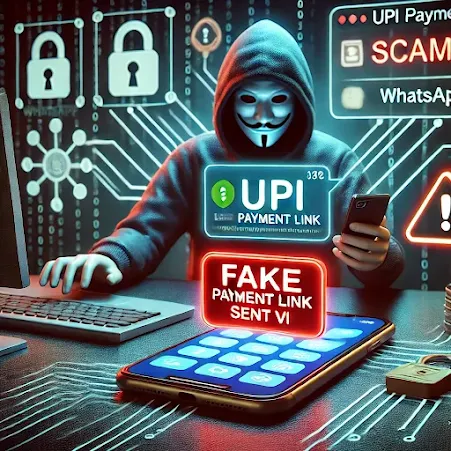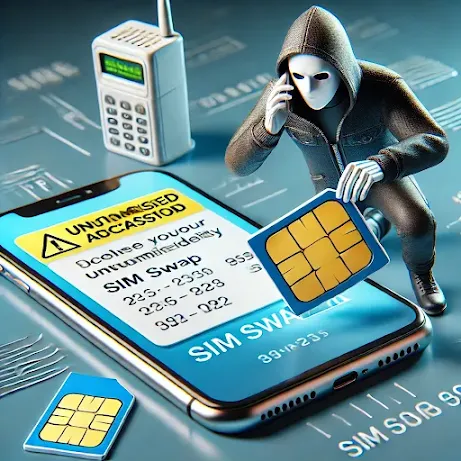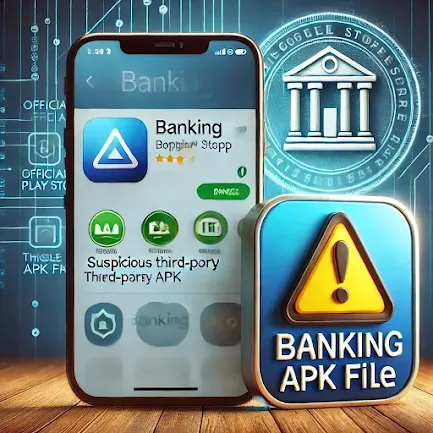Introduction
In recent years, digital payments have surged worldwide, especially in India, with UPI (Unified Payments Interface) leading the way. While this has made transactions faster and easier, it has also opened doors for cybercriminals. Fraudsters are using advanced hacking techniques to steal money from bank accounts, making it crucial to stay aware and take preventive measures.
How UPI Frauds Happen?
Cybercriminals use various tactics to deceive users and gain unauthorized access to their bank accounts. Here are some of the most common UPI fraud methods:
1. Phishing Scams
Phishing scams involve fake websites, emails, or messages that appear to be from legitimate banks or UPI services. Victims are tricked into entering their login credentials or UPI PIN, which hackers then use to steal money.
2. Fake UPI Links
 |
Scammers send fake UPI payment links via SMS, WhatsApp, or email, claiming you have won a prize or need to verify your account. Clicking on these links can install malware or redirect users to a fraudulent site that steals personal information.
3. QR Code Scams
Fraudsters share malicious QR codes, asking users to scan them for payments or cashback offers. Instead of receiving money, users end up authorizing a transaction that withdraws money from their account.
4. Remote Access Frauds
Hackers trick users into installing remote access apps like AnyDesk or TeamViewer, claiming it’s for verification or technical support. Once installed, they gain full control over the device and banking apps.
5. SIM Swap Fraud
Cybercriminals clone SIM cards by tricking telecom operators and gain access to OTPs (One-Time Passwords), which allows them to reset banking passwords and make unauthorized transactions.
6. Fake Customer Care Numbers
Fraudsters create fake customer service numbers for popular UPI apps. When users call these numbers for help, scammers trick them into sharing sensitive banking details.
How to Protect Yourself from UPI Frauds?
While hackers keep evolving their techniques, you can take several precautions to protect your money.
1. Be Cautious with Unknown Links and Messages
-
Never click on suspicious links or download files from unknown sources.
-
Always verify URLs before entering any personal details.
2. Use Strong Passwords and PINs
-
Set a strong UPI PIN and never share it with anyone.
-
Use two-factor authentication for added security.
3. Verify Before Scanning QR Codes
-
Only scan QR codes from trusted sources.
-
Avoid scanning QR codes received through unknown messages or emails.
4. Keep Your Mobile Number Secure
-
Never share your SIM card details with strangers.
-
Report immediately if your phone number stops working suddenly (possible SIM swap fraud).
5. Install Apps Only from Official Sources
-
Download banking or UPI apps only from official app stores (Google Play Store or Apple App Store).
-
Avoid third-party APK files as they may contain malware.
6. Be Aware of Fake Customer Care Numbers
-
Always find customer service numbers from official bank websites.
-
Avoid sharing personal banking details over the phone.
7. Regularly Monitor Bank Transactions
-
Check your bank statements and UPI transactions regularly.
-
Immediately report any unauthorized transactions to your bank.
8. Keep Software and Apps Updated
-
Regularly update your mobile OS and banking apps to protect against security vulnerabilities.
-
Enable automatic updates for security patches.
What to Do If You Fall Victim to UPI Fraud?
If you become a victim of a UPI fraud, take these immediate actions:
-
Block Your UPI ID and Account – Contact your bank and request to block your UPI ID immediately.
-
Report the Fraud to Your Bank – Call your bank’s fraud helpline and explain the incident.
-
Lodge a Complaint at Cyber Crime Portal – File a complaint at Cyber Crime Website or call the cybercrime helpline at 155260.
-
Inform the UPI Service Provider – Report the fraud to the respective UPI app (Google Pay, PhonePe, Paytm, etc.).
-
Monitor Account Activity – Keep a close watch on your bank transactions to detect any further unauthorized activity.
Future of UPI Security in 2025
With growing cyber threats, the government and financial institutions are strengthening UPI security. Some of the upcoming security measures include:
-
AI-powered fraud detection systems
-
Biometric authentication for UPI payments
-
Enhanced encryption and blockchain technology
-
Real-time fraud alerts and monitoring
Conclusion
UPI frauds and bank hacking cases are rising, but with proper awareness and security measures, you can protect yourself from falling victim to these scams. Always stay cautious, verify links and QR codes, and never share sensitive banking details with anyone. If you ever suspect fraud, act immediately and report the incident to the concerned authorities.
Stay safe, stay informed, and secure your hard-earned money!


















Comments
Post a Comment
Thanks for sharing your thoughts! Stay tuned for more updates